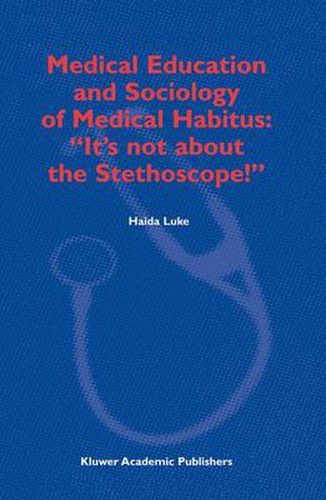Readings Newsletter
Become a Readings Member to make your shopping experience even easier.
Sign in or sign up for free!
You’re not far away from qualifying for FREE standard shipping within Australia
You’ve qualified for FREE standard shipping within Australia
The cart is loading…






This title is printed to order. This book may have been self-published. If so, we cannot guarantee the quality of the content. In the main most books will have gone through the editing process however some may not. We therefore suggest that you be aware of this before ordering this book. If in doubt check either the author or publisher’s details as we are unable to accept any returns unless they are faulty. Please contact us if you have any questions.
The need for modelling of materials behaviour under various mechanical conditions is driven by the evolution of computer capacity and the ability of scientists to address complex mechanical problems. Reliable models for materials behaviour, including accurate numerical values of parameters, are necessary for a continued beneficial development of the computational side of solid mechanics. High rate plasticity, thermally assisted creep and phase transformations are only a few examples of areas where more accurate models are needed. Experiments are necessary for the establishment of models and parameters, and modified versions of conventional test methods can make important contributions. Also modern optical methods offer a high potential for future experimental development. Numerical simulations of experiments and so-called inverse modelling are also frequently used techniques. In this book researchers with an interest in the area of experimental and computational aspects of materials modelling present modern advance methods and results.
$9.00 standard shipping within Australia
FREE standard shipping within Australia for orders over $100.00
Express & International shipping calculated at checkout
This title is printed to order. This book may have been self-published. If so, we cannot guarantee the quality of the content. In the main most books will have gone through the editing process however some may not. We therefore suggest that you be aware of this before ordering this book. If in doubt check either the author or publisher’s details as we are unable to accept any returns unless they are faulty. Please contact us if you have any questions.
The need for modelling of materials behaviour under various mechanical conditions is driven by the evolution of computer capacity and the ability of scientists to address complex mechanical problems. Reliable models for materials behaviour, including accurate numerical values of parameters, are necessary for a continued beneficial development of the computational side of solid mechanics. High rate plasticity, thermally assisted creep and phase transformations are only a few examples of areas where more accurate models are needed. Experiments are necessary for the establishment of models and parameters, and modified versions of conventional test methods can make important contributions. Also modern optical methods offer a high potential for future experimental development. Numerical simulations of experiments and so-called inverse modelling are also frequently used techniques. In this book researchers with an interest in the area of experimental and computational aspects of materials modelling present modern advance methods and results.